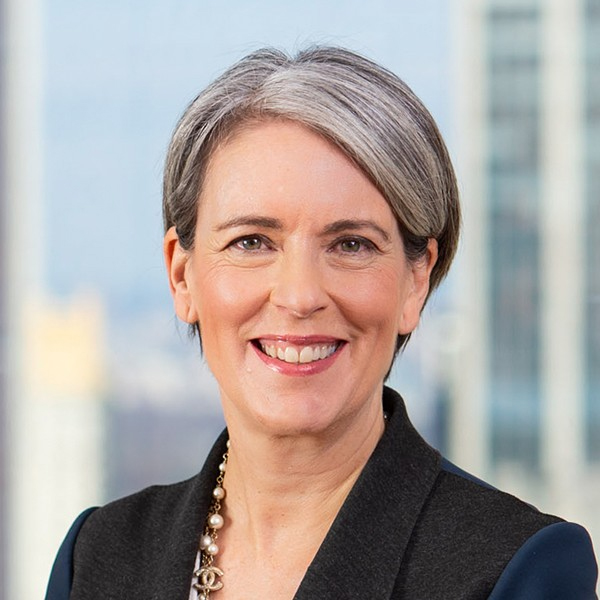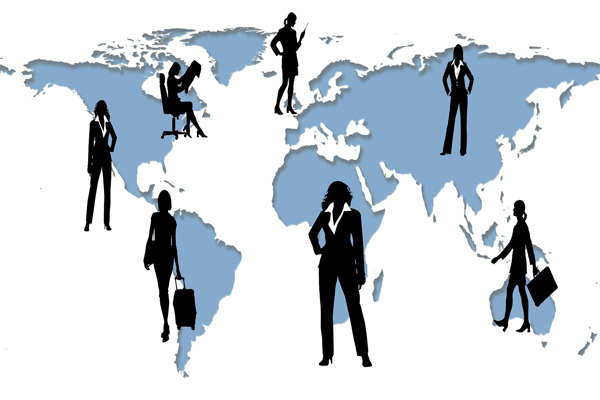Although 81% of organisations worldwide claim that improving diversity and inclusion (D&I) is important, only 42% actually have a documented strategy for achieving gender equality, according to Mercer’s latest report. When Women Thrive 2020 Global Report also reveals that only 40% of the global workforce is female, up slightly from 38% four years ago.
While representation of females in senior leadership roles is improving (up three percentage points at the top two levels), it decreases as career levels advance, notes the study. Women make up 47% of support staff and 42% of professional level positions, but only 29% and 23% of senior and executive level positions, respectively.
“Gender equality has evolved into a global imperative, and organisations are taking actions to make a difference,” stated Martine Ferland, President and Chief Executive Officer of Mercer. “However, as women continue to face challenges of unequal senior level representation and limited opportunities for career development and advancement across industries and geographies, there is still much work to do to achieve gender balance.”

MEASURED PROGRESS
That said, rates for hiring, promoting and retaining women are now comparable to rates for men, which is an improvement from four years ago, according to the report. Additionally, organisations globally are adopting more disciplined methods for analysing pay equity as well as implementing measures to take accountability. Mercer’s research finds that 72% of organisations have teams dedicated to conducting pay equity analysis, up from 45%, and more than half (56%) use a robust statistical approach to conduct their pay equity analysis, up from 35%.
Another positive aspect advancing workforce gender parity is the involvement of leadership. According to Mercer’s research, two-thirds (66%) of organisations report senior executives are actively engaged in D&I initiatives and programmes, up from 57% in 2016. More than half (57%) report the same for Boards, up from 52% in 2016.
“Slowly, but surely, organisations are enabling women to step in and step up,” pointed out Angela Berg, Partner at Mercer. “And, those organisations that are taking actions to systematically improve the representation of underrepresented groups and create a more inclusive culture will achieve tangible, long-term results and the benefits that go with it.”
Success in gender equality is more than 50/50 representation, “it’s about achieving equality of opportunity, experience and pay”, she added. “To drive change, organisations must make decisions using data-driven insights, set measurable goals, engage all managers and instil a culture that values diversity.”
OTHER KEY FINDINDS
- Globally, organisations are optimistic about their ability to hire, promote and retain women. Less than one-third report challenges with attracting (32%), advancing (32%) and retaining (20%) women.
- Half (50%) of organisations around the world do not have staff exclusively dedicated to D&I.
- Just 64% of organisations worldwide track gender representation and even fewer analyse hires, promotions and exits by gender.
- Despite the importance of employee wellbeing and financial wellness, only 25% of organisations globally track gender-specific health needs and 9% track gender-specific financial wellness.
Mercer’s When Women Thrive 2020 Global Report, shares insights from senior HR and business leaders from 1,157 organisations in 54 countries and six regions, representing seven million employees. The research covers policies and practices related to diversity, inclusion and gender equity, including issues pertaining to accountability, leadership engagement, pay equity, career development, health and wellbeing and financial wellness.
For more information about the report, click here.





































